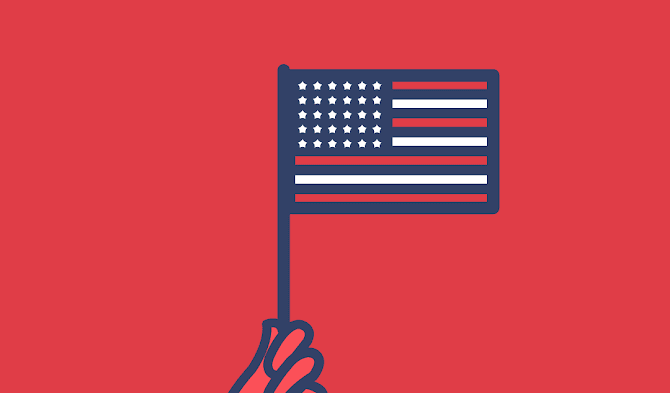It’s a good time of year to hope. For so many of us, hope means a return to health and connection to the people we care about. For brands, hope means we can even start looking at what things will look, sound, and feel like once the worst of the COVID-19 pandemic is in the rearview mirror. And with a certain amount of hope, we’re giving you a preview.
A global pandemic won’t go away overnight. We are still months away from the vaccinations currently taking place from having any impact on the number of cases, hospitalizations, and deaths we’re currently experiencing. It could be even longer before many state and local guidelines affecting businesses and events are lifted. The most lagging indicator, in fact, will be us. When will consumers, people, feel comfortable shopping, attending concerts, and being in large groups again? It won’t happen at the flip of a switch, but it will happen, and marketers need to have a plan ready.
Fresh Air. Months of warnings, updates, changing rules and regulations, cancellations and postponements, and that’s just the communication consumers have had with businesses. Throw in a toxic election, virus misinformation, and social unrest, and consumers have had enough of 2020. Brands need to turn the page as much as their followers, and that calls for a total refresh. By mid-2021, things should be well overdue for something new. A new look, a new launch, a new product, a new campaign. Anything that looks, sounds, and feels different is going to be a critical part of transitioning your messaging from a pandemic to looking forward.
Focus on creating a new story. What value does your brand or your service provide, and what does that mean for right now, and what does it mean to consumers in the future? At the heart of this new push should be a focus on what comes next.
Digital Meets Physical. Don’t rush people, though. No brand will ever get a green light that lets them know exactly how all of their customers are feeling, and that means it will be a careful balance between welcoming people back to in-person events and promotions for some time. Keep anything physical small scale; think small groups, families, or focus on very small communities of followers that might best reflect your broader audience. Use digital media to bring a wider audience into contact with a smaller, more intimate event. It’s not time for big product launches or meet-ups with a thousand attendees, but it could be ideal to bring in the right people in-person and present to a virtual audience.
Stay Informed. In the midst of the pandemic and the economic uncertainty of the past several months, every brand bore some responsibility for accurately reflecting the weight of the times. 2020 was unprecedented, though that very word was repeated ad nauseum. As we make the move back to normal, things have changed unalterably, but we bear a similar responsibility to our customers and society to adapt to those changes in how we communicate and connect. Shoppers will return to the malls and Main Streets of America, but they will also continue to maintain the online habits they developed in the long months of lockdown. Expect the companies and services that brought things home to us, the Shipt shoppers and the Amazoners and the DoorDashers, to remain a fixture of American life. All retailers, and indeed all brands, will also be dealing with fewer commuters and fewer office workers as people work from their living rooms or move to smaller communities and go remote full-time. Traffic patterns will change, travel destinations could shift, hospitality as an industry might never look the same. Brands don’t have to be a step ahead to make it; they’ll just have to take all the changes in stride and embrace what’s next over what worked before.
We love talking about this stuff. If you want to chat about what your industry looks like now, and where it might be in six months, let’s get together…virtually, for now.


